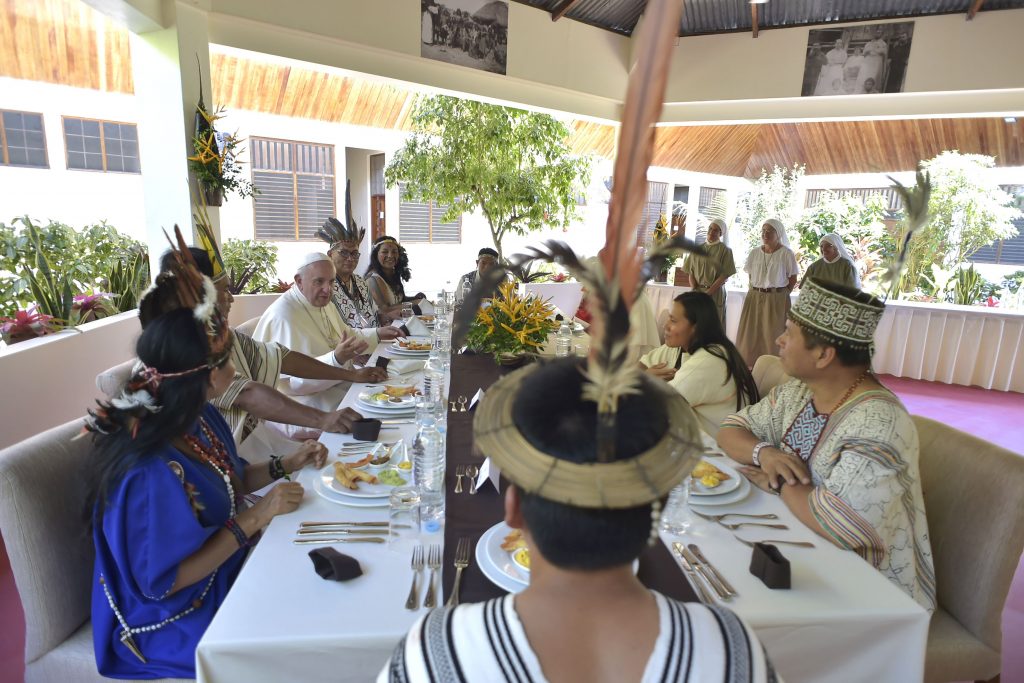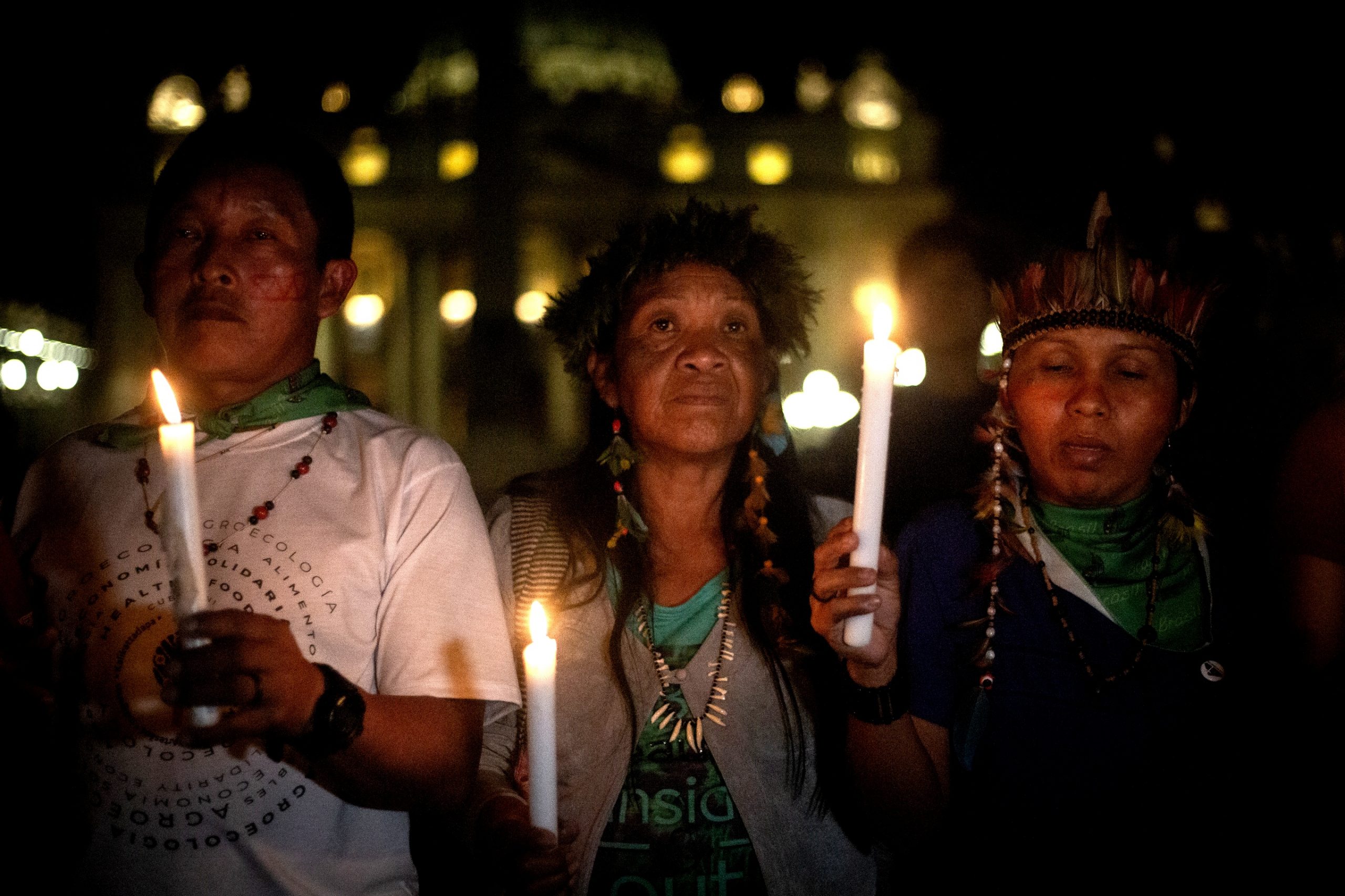(ZENIT News / Roma, 03.30.2023).- Speaking of historical injustices and war crimes in his encyclical Fratelli Tutti, Pope Francis says
“it is easy to be tempted to turn the page, to say that all these things happened long ago and we should look to the future. For God’s sake, no! We can never move forward without remembering the past; we do not progress without an honest and unclouded memory” (Fratelli Tutti, 249)
In the Note on the “Doctrine of Discovery’ (published today by the Dicastery for Culture and Education and the Dicastery for Promoting Integral Human Development), the Holy See is looking carefully at the Church’s history and its regrettable association with the ‘Doctrine of Discovery’ which was called in aid by various colonial powers against indigenous peoples, in various parts of the world, as a justification for the expropriation of their history and the undervaluation and elimination of their cultures.

The Note recognizes that the Papal Bulls on which the colonial powers staked their claims did not adequately reflect the equal dignity and rights of indigenous peoples and that the documents were manipulated by those powers to justify immoral acts against indigenous peoples that were carried out without opposition at times from ecclesiastical authorities. The ‘doctrine of discovery’ was not part of the teaching of the Catholic Church, and it is repudiated in this Note, but this tragic history reminds us of the need to be ever more vigilant in our defense of the dignity of all people and the need to grow in knowledge and appreciation of their cultures. Specifically, as Pope Francis reminded us in his encyclical Laudato Si’:
“it is essential to show special care for indigenous communities and their cultural traditions… For them, land is not a commodity but rather a gift from God and from their ancestors who rest there, a sacred space with which they need to interact if they are to maintain their identity and values” (Laudato Si’, 146).
This Note is part of what we might call the architecture of reconciliation and also the product of the art of reconciliation, the process whereby people commit to listening to each other, to speaking to each other and to growth in mutual understanding. In that sense, the insights that inform this Note are themselves the fruit of a renewed dialogue between the Church and indigenous peoples. It is in listening to indigenous peoples that the Church is learning to understand their sufferings, past and present and our own failings. It is in cultural dialogue that we are committed to accompanying them in the search for reconciliation and healing. We have to live out the art of encounter.



